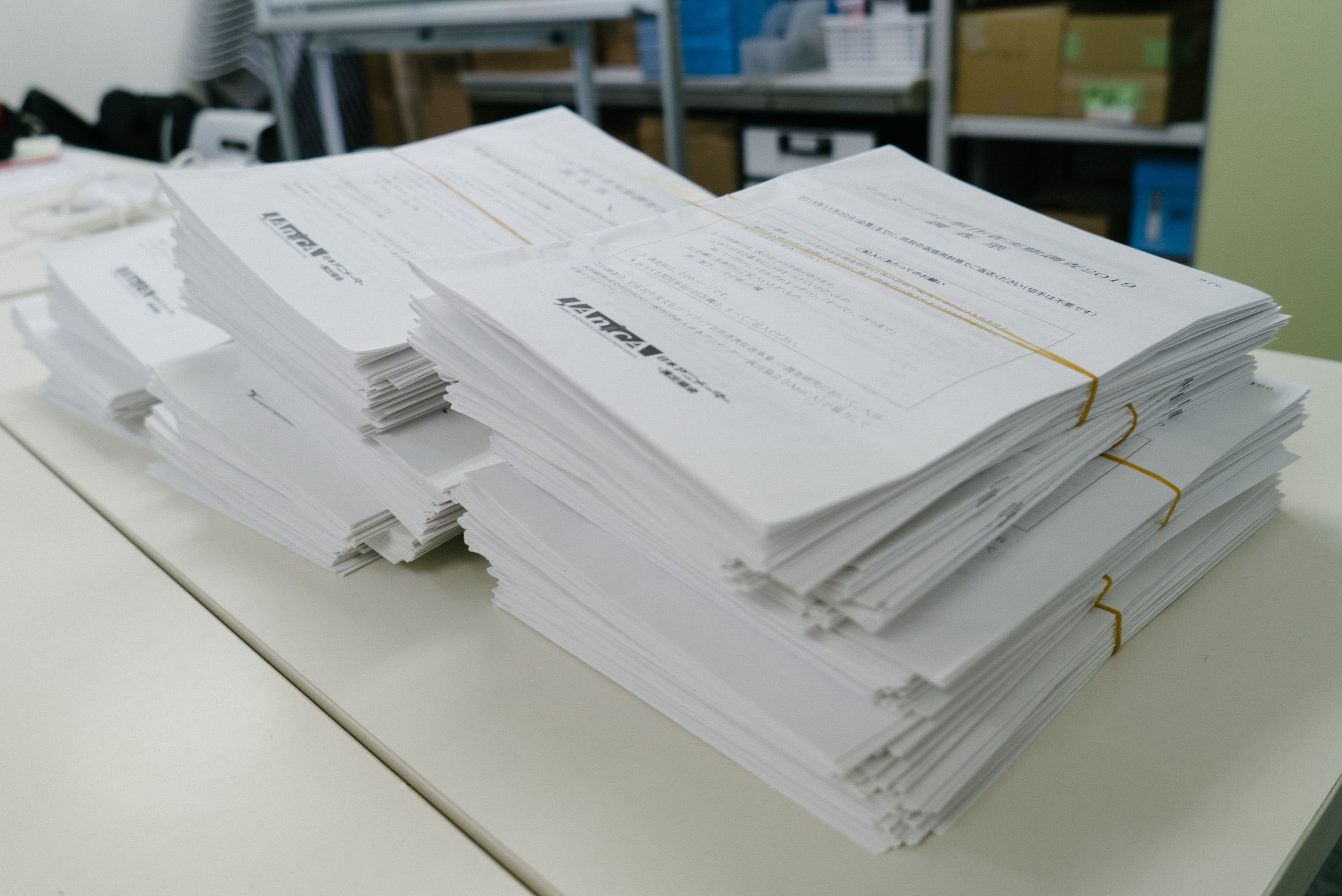By all outward appearances, Japan's animation industry is thriving. A recent report by The Association for Japanese Animations indicates the industry's worth as a whole topped over ¥2 trillion in 2017 — a new record. International streaming services like Netflix and Crunchyroll have begun producing their own anime. Director Mamoru Hosoda's "Mirai" was nominated for best animated feature film at this year's Academy Awards.
On the ground, however, the picture is decidedly more mixed. An April 22 interview by Bungei Shunju, detailing hundreds of hours of unpaid overtime and hospitalization from overwork of an employee at one studio, is just the latest example of an industry infamous for its long working hours and low pay.
In an attempt to document and improve working conditions in the anime industry, the nonprofit organization Japan Animation Creators Association (JAniCA) has conducted three industry-wide surveys since 2009. The results of its latest survey, released in February, show a fissure in the effects of the current anime boom. Industry veterans in their 30s, 40s and 50s appear to be seeing some benefit, but those same benefits do not yet appear to be trickling down to newcomers in any meaningful way.



















With your current subscription plan you can comment on stories. However, before writing your first comment, please create a display name in the Profile section of your subscriber account page.